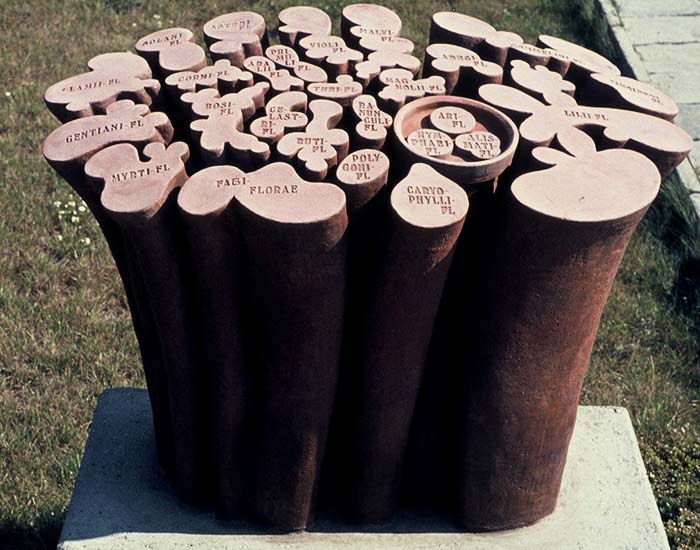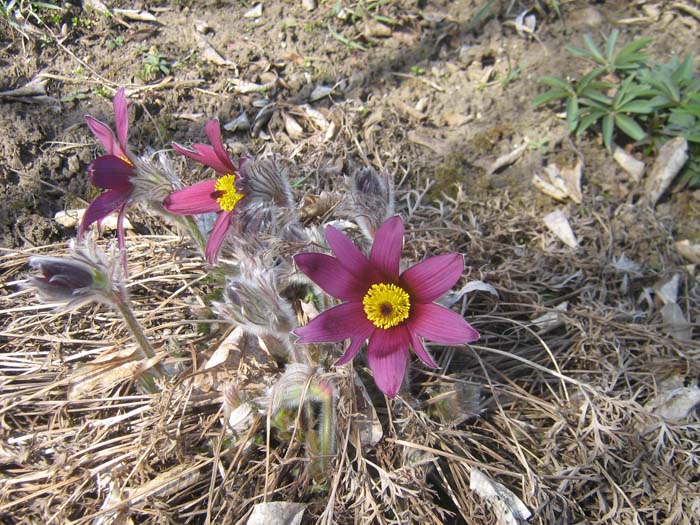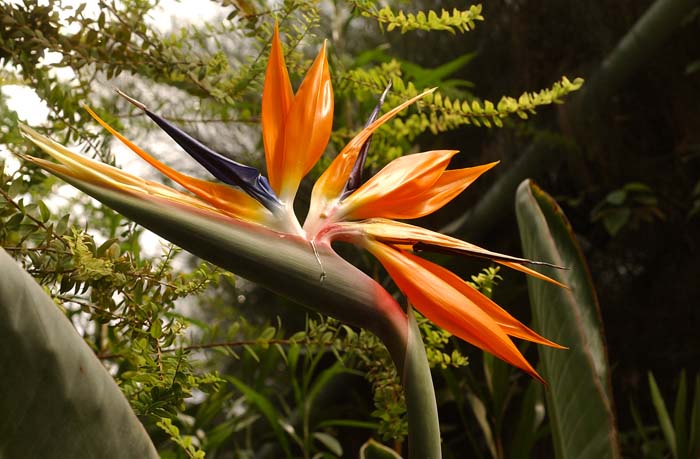
The organization of our Chemotaxonomical Botanical Garden is based on the chemical substances produced in plants. This is unique in Hungary, and even worldwide there are only a few botanical gardens based on chemotaxonomy.
In 1980, the Swedish botanist Rolf Dahlgren published a novel approach in plant taxonomy. Compared to the evolution-based taxonomy, this novel system devoted considerable attention to secondary metabolites in plants such as alkaloids, phenoloids, glycosides and terpenoids. That is the reason that this system is named ‘chemotaxonomic system’.


According to the decision of the director of Péter Tétényi, RIMPH’s botanical garden was established in accordance with the Dahlgren system. The garden is a planar projection of the so called dahlgrenogram with the implantation of live plants. Owing to this demonstration, the concept and theory of chemotaxonomy could be easily understood by pharmacist, biologist, agricultural and horticultural students, but also by the interested laymen.
With its approx. 900 taxons (species, subspecies, varieties, varieties), the garden belongs to the smaller botanical gardens. It is complemented by the collection and preservation of the medicinal plants of the Carpathian Basin and the nearby Pilis-Visegrad Mountains.


The botanical garden is complemented by a greenhouse collection that is called Holland House, in order to demonstrate the flora of warmer climate zones, such as Strelitzia (Strelitzia reginae), Cape Aloe (Aloe ferox Mill.), Tasmanian bluegum (Eucalyptus globulus Labill.) shrub cotton (Gossypium arboreum), Roselle (Hibiscus sabdariffa L.), rosemary (Rosmarinus officinalis L.), artichoke (Cynara cardunculus L.), locust bean tree (Ceratonia siliqua). We consider them to be important for the development of a suitable reference collection. There are several species among them that are used as pharmaceutical raw material described in the VIIIth edition of Hungarian Pharmacopoeia and European Pharmacopoea, other species are ethnobotanically important.
The Chemotaxonomical Botanical Garden was declared protected in 2003. The purpose of the protection is to maintain and develop the outstanding value of the herbal collection of the unique and internationally important Dahlgren's chemotaxonomical garden, to preserve the living gene bank of medicinal plants, to maintain and develop of the Pilis thematic plant collection. Further aim is the conservation of the educational role of the garden. The Chemotaxonomical Botanical Garden is one of the founding members of the Hungarian Association of Arboretums and Botanical Gardens (MABOSZ).

The Chemotaxonomical Botanical Garden in Budakalász, Hungary can be visited with a professional guide on weekdays between 10:00 and 15:00, after e-mail registration. Date can be fixed by phone at (26) 340-533 or by email at latogato@gynki.hu.

